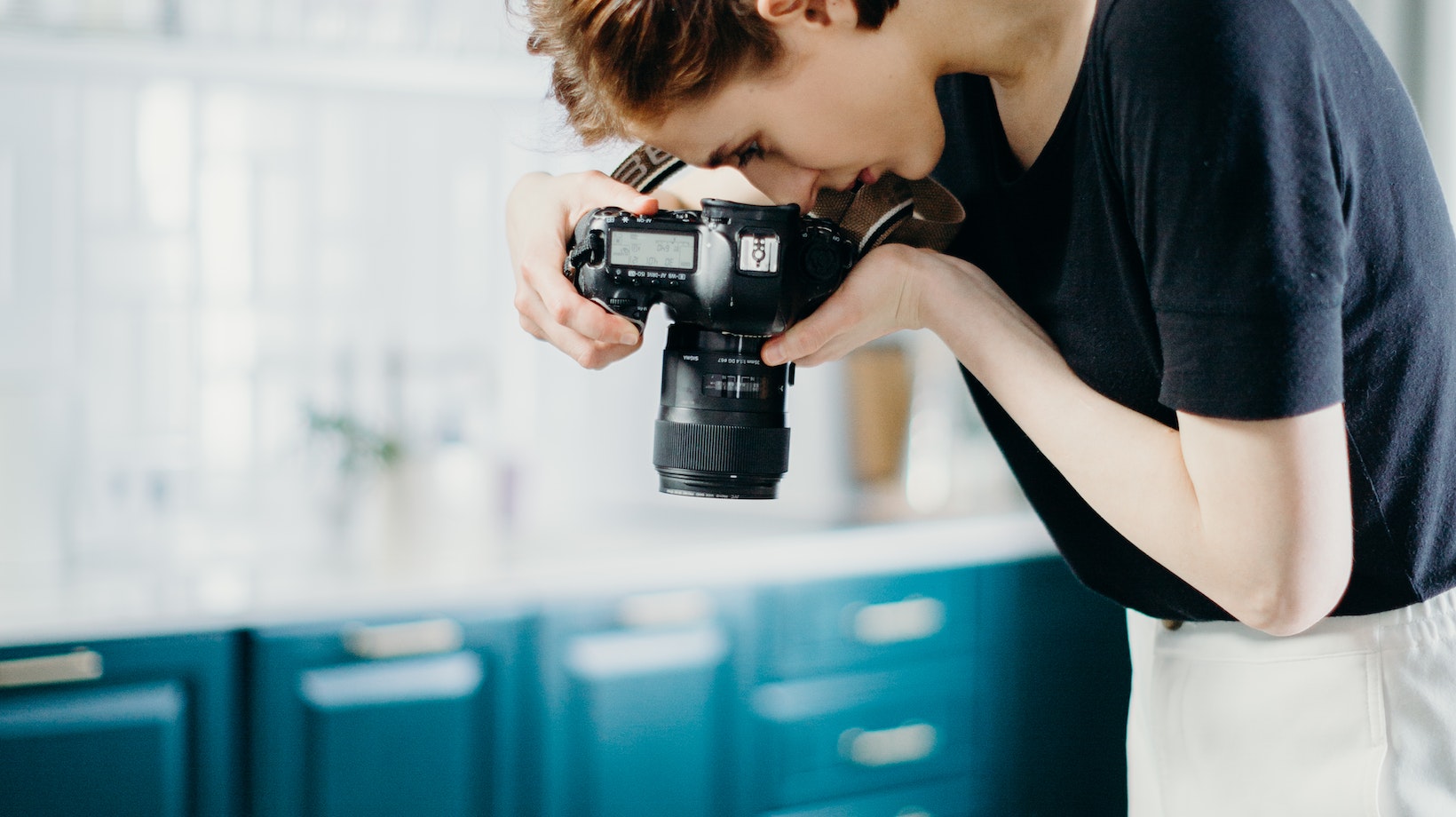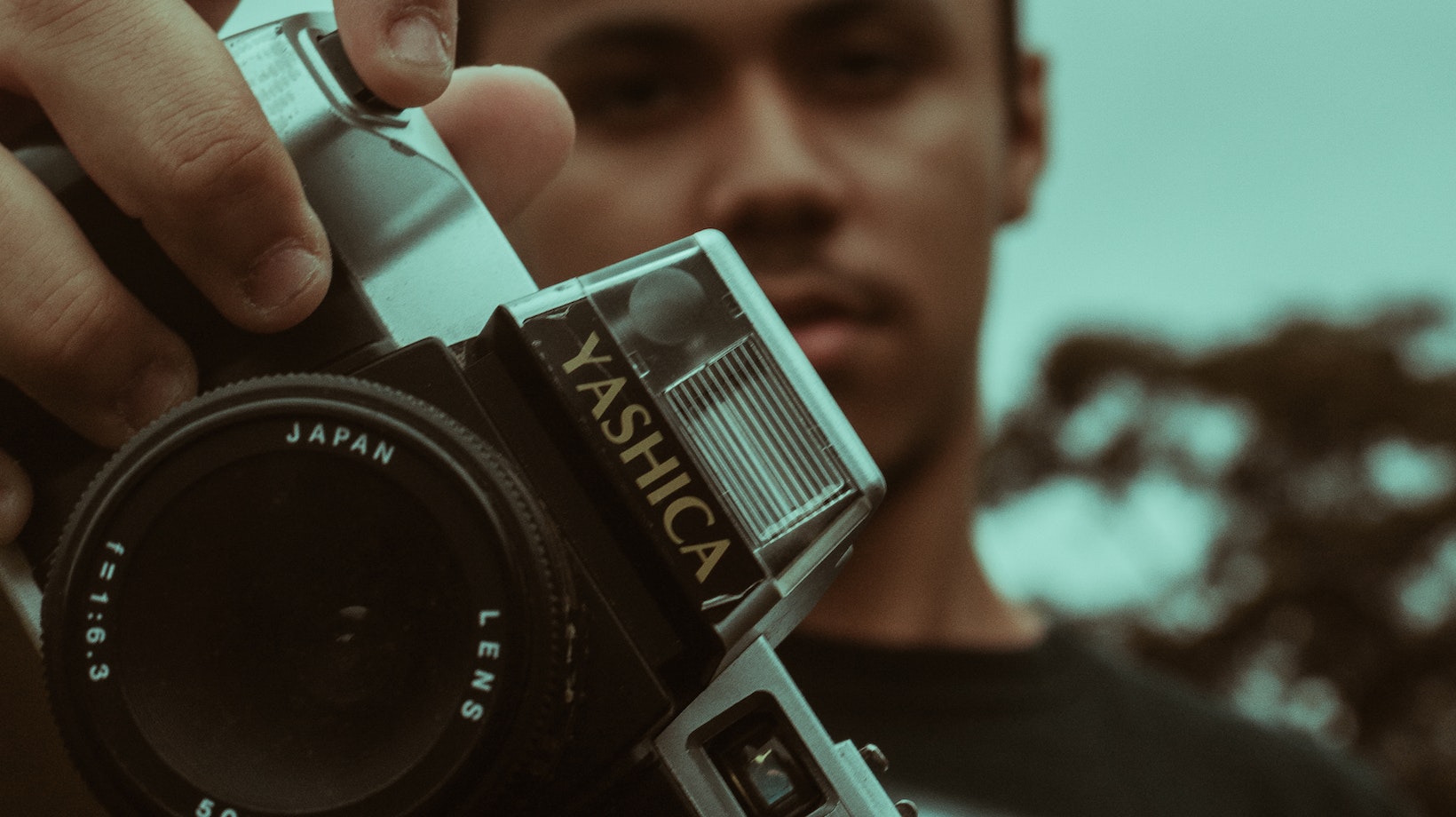
The Art of High Contrast Photography
We’ve all seen them, those striking photos with deep shadows and brilliant highlights that make the subjects pop. In essence, this is high contrast photography. It’s about exaggerating the differences in tone or color to create a more dramatic image. With high contrast photography, we’re not just capturing a scene; we’re making an artistic statement.
Let’s dive into how this technique can transform ordinary fruit into artworks suspended against the night sky. When photographing fruit in high contrast, it’s crucial to properly illuminate your subject while maintaining a dark background for maximum effect. This creates a stark difference between light and darkness – illuminating the intricacy of every detail on the fruit while creating an eerie feeling as they float menacingly against the pitch-black backdrop.
High contrast photography isn’t simply about turning up the contrast slider on your editing software though. We have to consider our lighting setup from the get-go. A well-placed source of light can accentuate texture and shape – think about how a lemon’s rough skin might look under direct illumination or how cherries would glisten if lit from behind.
There are several ways we can achieve this effect:
- Using strong directional light: This casts deep shadows across parts of our subject (fruit) while highlighting others.
- Selecting subjects with naturally contrasting colors: Think red apples against green leaves or vibrant oranges against deep blue skies.
- Manipulating exposure during editing: Underexposing backgrounds while overexposing subjects can help further enhance contrast after shooting.
In essence, high contrast photography is all about balance – finding just enough disparity between elements within an image without losing vital details. It’s like conducting an orchestra where every instrument has its part to play in creating harmony – but with visuals instead of sound.
Working with such extremes also presents unique challenges – there’s always a risk of losing details in both very bright and very dark areas (commonly known as blown highlights or blocked shadows). But with careful planning and execution, we can create eye-catching images that leave a lasting impression on viewers. So next time you’re out shooting, don’t be afraid to embrace darkness and light – after all, it’s in their contrast that the most compelling stories are told.

High Contrast Pictures of Fruit Floating Menacingly in the Night
We’re diving into the peculiar world of high contrast photography, and we’re taking fruit along for the ride. But why fruit, you may ask? Well, let’s peel back the layers to discover.
Fruits are as diverse and colorful as nature herself. We’ve got vibrant oranges, radiant apples, mysterious blackberries – each one bursting with its own unique shades and textures. And in high contrast shots? They elevate from everyday snacks to dramatic still life subjects.
Another advantage is their accessibility. Unlike elusive wildlife or vast landscapes that require travel and timing, fruits are available year-round at your local grocery store. You can grab an apple or two on your way home and start experimenting right away.
Plus, they’re flexible models! Fruits don’t mind if you suspend them mid-air against dark backgrounds or if you shine harsh lights on their skin – perfect conditions for creating those menacing effects in night photography.
Lastly, let’s not forget about symbolism – fruits carry a rich history of symbolic meanings across cultures; this provides an additional layer to explore artistically in our pictures.
Choosing fruit as a subject gives us myriad possibilities for experimentation with light and shadow, providing ample opportunities to create striking photos that capture attention…and maybe even make people think twice before grabbing that midnight snack!

 By
By 





